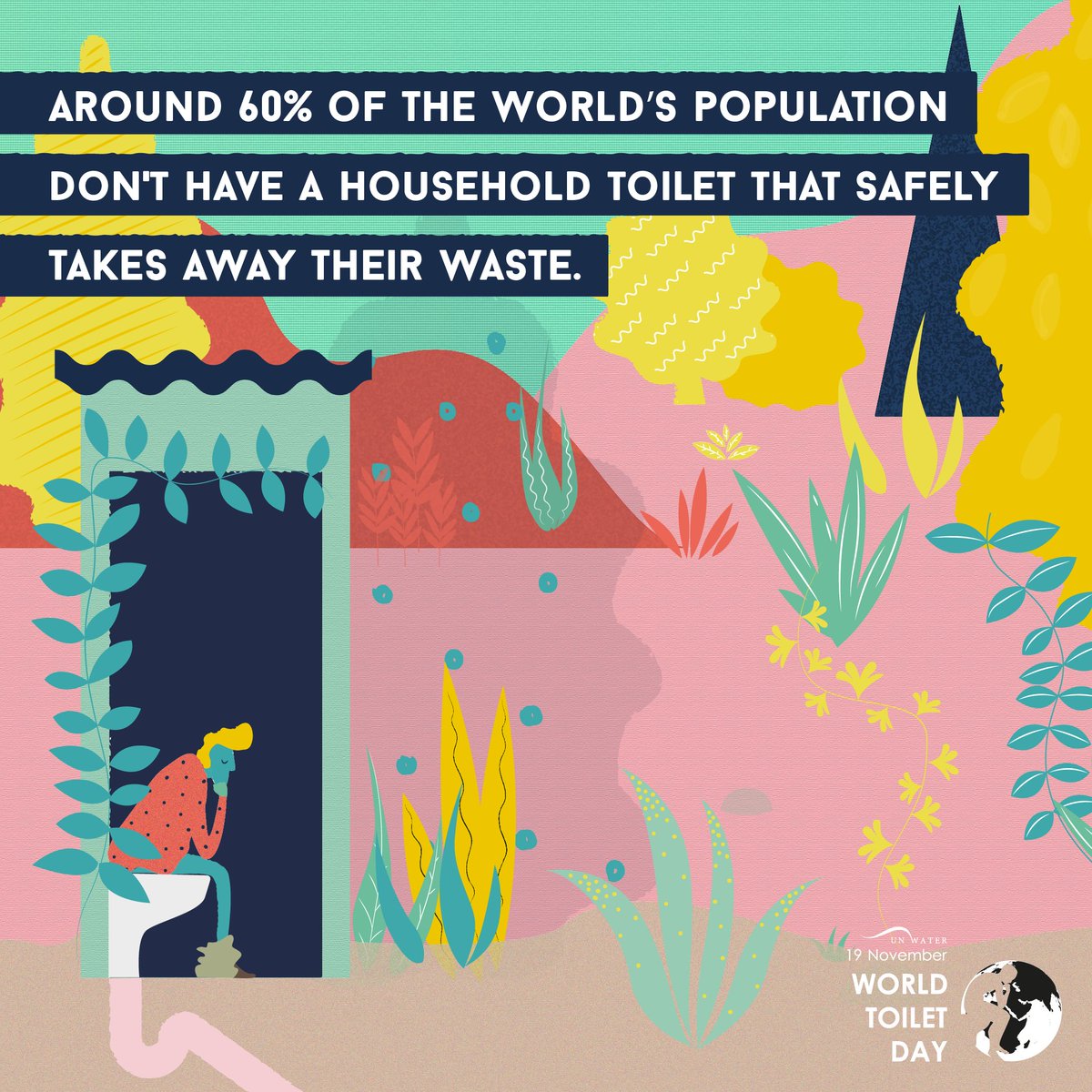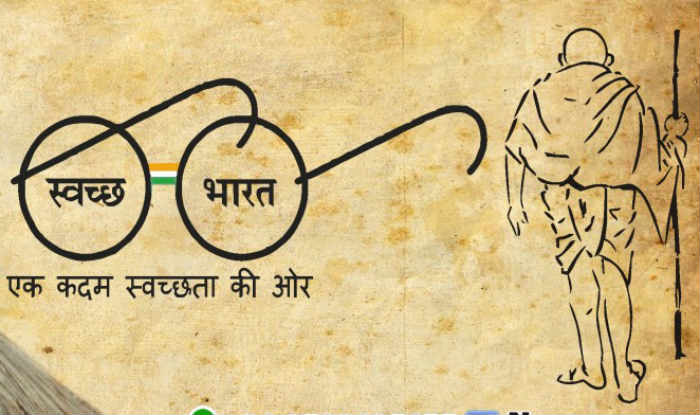On 19th November, World Toilet Day is observed by the United Nations to tackle the problems regarding safe and hygienic-sanitary conditions. World Toilet Organization was founded on 19th November 2001. This year for 2020, WTD focuses on sustainable sanitation and climate change.
Talking about the home-front, India has the largest section of people who have no access to toilets and are subjugated to open defecation. In 2015, 568 million people in India were practising or were forced to open defecation due to poverty and many other reasons. India has a 90% share of open defecation practice across South Asia. India reported 1,00,000 diarrhoeal deaths of children under 5 years due to contact with open faeces in the environment. (All the above data is by Lancet Report 2014, UNICEF).

According to the Rapid Survey Report on children of the year 2013-14, 22% of Indian schools do not have a proper toilet, 58% of pre-schools do not have a toilet while 56% of pre-schools lack water on the premises. According to UNICEF, in the last decade, the government expenditure on health remained 1% of the GDP in India. To eradicate open defecation, the Government of India in 1999 bring up the Total Sanitation Campaign (TSC) intending to achieve Open Defecation Free (ODF) India by 2017. This scheme was followed by Sampoorna Swacchta Andolan Scheme, Nirmal Gram Puraskar, and many other projects to make TSC even stronger and impactful. Later in 2006, TSC was associated with Indira Awas Yojana to allow the use of Government funds for the construction of toilets in the houses of people falling under the Below Poverty Line (BPL.)
According to the CSE report by MS Gupta, under TSC, (2001-2012), 87 million toilets were constructed and Rs.11000 crore were spent. The average allocation to each district was Rs.30 crores under TSC. According to CAG report number 28 of 2015 on the performance audit of TSC, the prime focus was not given on IEC (Information, Education, and Communication) and people were not made aware, moreover, 25% of the fund was spent on things which were unrelated to TSC. Later on, TSC was modified to Nirmal Bharat Abhiyan (NBA) to achieve ODF India by 2022 but it was also failed and the program was shut before the due date. According to the CAG audit of these programs for the period of 2009-10 to 2013-14, the planning of these programs was defective and there was a lack of bottom-up approach. Gram Panchayat Plans were not linked with district plans. Targets were set by the states without considering the budget. There was weak monitoring of programs and poor quality toilets. There was a high incidence of defunct toilets.

In 2014 Government launched the ‘Swachh Bharat Abhiyan.’ The main feature of this program was to focus both on rural and urban areas. The fund set for the construction of a toilet in a house was raised from Rs.10,000 (NBA) to Rs.12,000 (SBA). It aimed to achieve ODF India by 2nd October 2019 (150th Birth Anniversary of Mahatma Gandhi) by constructing 67 lakh individual toilets while 5 lakh community toilets. This program had 38.7% sanitation coverage across rural India. The government claimed in 2019 that SBA was highly successful with 10 crore toilets built and declared many large states including Andhra Pradesh, Gujarat, Maharashtra, and Rajasthan as ODF. Centre claimed that 95% of the rural households have access to toilets. However, the National Statistical Office survey (NSO survey) data and some independent research data contradicted the centre’s claim. According to NSO, 71% of the rural households have access to a toilet (contradictory to the centre’s claim of 95%). According to NSO survey data, the states which declared ODF are not ODF. According to NSO data 42% of rural households in Jharkhand, 37% in Tamil Nadu, 34% in Rajasthan rural households had no access to toilets. 28.7% of rural households across the country have no access to toilets.
According to independent research done by Research Institute for Compassionate Economics(RICE), 23% of the people who own toilet defecate in the open while the Open Defecation rate in Rajasthan is 53%, and in MP it is 25% (data by RICE). But it cannot be said that SBA was a failure rather it was a success, according to the data by NSO and RICE, the access to toilets in India increased within four years of SBA from 37% (according to RICE), 40% in 2014 (according to NSO) to 71% in 2018. While 95% of the toilets constructed under SBA have water availability. According to the report by Bill and Melinda Gates Foundation, the last five years were termed as the golden age of sanitation in India. According to WHO, SBA resulted in averting more than 3 lakh deaths between 2014 and 2019. The reason for the success of SBA was creating awareness through IEC.
The current government might have failed in many aspects but it really worked on toilet-building and even had been successful. It at least paved a way for successive governments to follow the same.
Read:
















